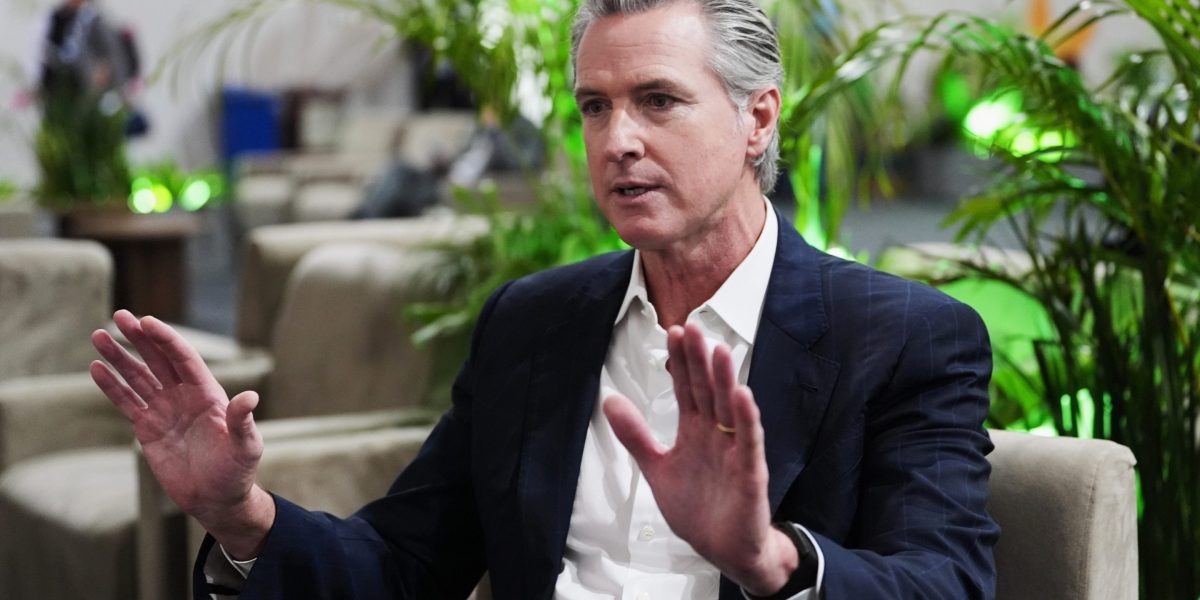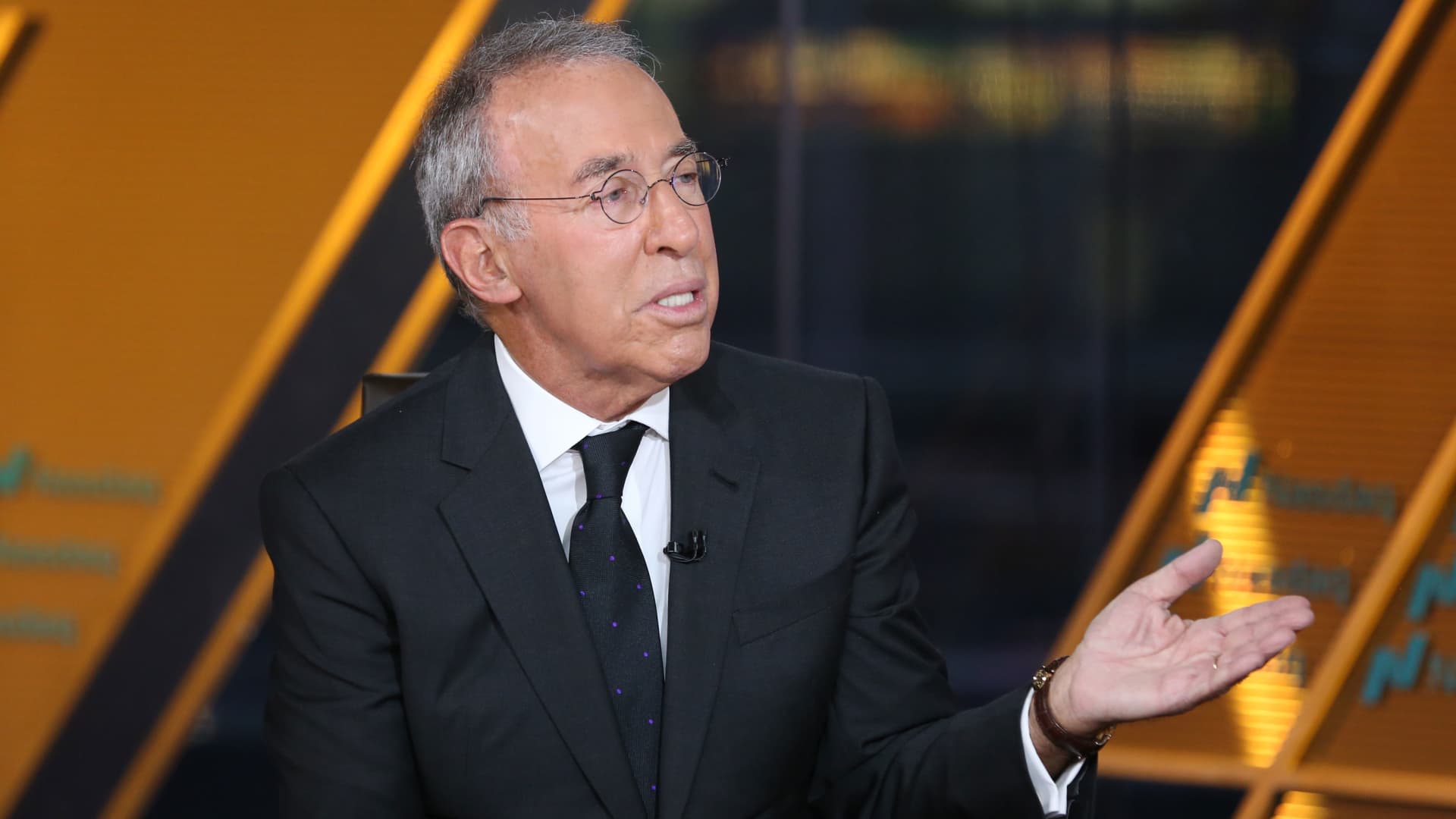A story that was briefly the lead item in the Financial Times, Catastrophe bond sales hit record as insurers offload climate risks, is frustratingly short on key details, like the maturity of these catastrophe bands and how the risks are stipulated. The big selling points seem to be “really juicy yield” and some diversification compared to other bonds. But subprime debt and CDOs looks like a deal before the financial crisis until they weren’t.
What is particularly frustrating is that this article does not make some key issues clear, such as:
Unlike traditional corporate, sovereign, and real estate debt, there’s no good way to assess the risk, which means investors (save perhaps the few that have staffers with reinsurance chops) have no clue as to whether they are getting an adequate return. Reinsurance has some arcane issues, such as if certain events happen in too short a timeframe, they can blow through regular insurer catastrophe cover and lead them to hit up their reinsurance policies, which can be at risk of coming up short. This is the sort of event the reinsurance unit at Berkshire Hathaway dreams of, when insurers are not yet certain how certain events will be classified, are scrambling to buy extra “cat cover” for which Berkshire can then charge through the nose. In general, Berkshire seeks to write policies only in “hard markets” when pricing is very favorable, and otherwise sit on the sidelines. To my knowledge, pretty much no one else has the discipline to keep staff employed and doing nothing all day waiting for what often is only a few days every year or 18 months to write huge amounts of cover on lucrative terms.
The regular occurrence of large hurricane, wildfire, and earthquake events means that there is more risk of a total or large principal loss than in many other fixed income instruments.1
Credit spreads, as in what bond investors are typically paid for assuming risk, were at record low levels in late 2024, as even tighter than in the famed “wall of liquidity” period during the runup to the crisis. They have widened a bit since March 2025 but from what I can tell (not having access to a Bloomberg terminal) are still extraordinarily thin. It’s at times like this that investors are unduly tempted to pile into high risks, mistakenly thinking they can exit in good shape if needed.
In addition to reinsurers, and hence also presumably these bonds, writing risks to cover certain exposures and not others, my impression is the also regularly (always?) cover only certain limits, say $50 to $100 million of excess exposure.
And a query to the real experts: a colleague jokes that an insurance policy is simply the right to sue an insurer for payout. Those insurers are operating entities and hence all staffed up to dig in their heels. How well positioned are these bond investors to do so?
Twitter confirms that I am not alone in my skepticism:
Hedge Funds buying catastrophe bonds
ft. @macyagilliam pic.twitter.com/2yNBHFeQ0g
— Morning Brew ☕️ (@MorningBrew) January 22, 2024
Now to the high points of what the pink paper does say about these bonds:
Issuance of the instruments, which transfer part of the risk for events such as wildfires, hurricanes and earthquakes to bondholders, has surged to $18.1bn so far this year. That compares with the previous record of $17.7bn for the whole of 2024, according to specialist data provider Artemis.bm….
As disasters become more commonplace, insurers have had to pay out more than $100bn in natural catastrophe losses every year so far this decade, a number Swiss Re recently predicted could reach $300bn in a peak year…
An industry-wide Swiss Re index of total returns from catastrophe bonds has risen 14 per cent over the past year and by more than 50 per cent over the past five years.
Fitch in 2023 explained the sudden search for new chumps in Global Reinsurers Pull Back from Natural Catastrophe Cover:
Fitch Ratings-Chicago/Frankfurt/London-24 August 2023: Global reinsurers are cutting back on the cover they provide against medium-sized natural catastrophe risks due to investor pressure after several years of large catastrophe losses and improved profitability in other parts of the market, Fitch Ratings says.
Some companies were already retreating from the property-casualty market in 2022 but even the strongest reinsurers have now pulled back, largely through tightening their terms and conditions to limit their aggregate covers and low layers of natural catastrophe protection. This leaves primary insurers much less protected against secondary peril events. However, reinsurers still offer ample cover against the most severe events. The reinsurance market appears to have returned to its pre-soft market state of providing capital protection for cedents, rather than earnings protection.
Natural catastrophe business has become largely loss-making in recent years as prices have failed to keep pace with increasingly frequent, severe and volatile weather-related losses due to climate change. This has reduced reinsurers’ appetite to provide natural catastrophe cover, particularly as other business lines are now benefitting from price rises that are higher than claims inflation. Tighter terms and conditions for natural catastrophe cover are a structural improvement that should benefit reinsurers’ risk profiles in the medium term as they are unlikely to be quickly reversed even when market conditions change.
So pricing for risk has allegedly improved due to reinsurers pulling back…but if they don’t deem the pricing to be “hard” enough to justify stepping up to their former level, why should generally unskilled institutional investors? Demand for risk protection greatly increasing due to underlying risks rising does not guarantee profits.
Finally the Financial Times provides bit of information as to what these bonds are about:
Catastrophe bonds are a form of reinsurance, through which insurers or companies give investors regular payments to assume some of the risk from events such as extreme weather. If such a disaster occurs, bondholders can lose their money….
In a sign of the instrument’s widening appeal, the first exchange traded fund for catastrophe bonds launched on the New York Stock Exchange in April….
The steadily increasing cost of traditional reinsurance — partly due to extreme weather losses and rising asset prices — has also pushed insurers towards catastrophe bonds.
New investors in the sector range “from large institutional investors, to multi-strategy hedge funds, endowments and family offices”, said Steve Evans, editor-in-chief at Artemis..
Some Financial Times readers filled in key gaps in information:
CommonsThere is probably too much reference to climate risk both overstated and understated in the discussion of CAT bonds. These bonds are relatively short duration, typically 3 years and so the marginal change in climate risk over this period is negligible. Insurers reprice their policies every year so again their pricing does not reflect the long term effect of climate change. Rapid urbanization in catastrophe prone locations due to high property prices and perverse tax incentives are more powerful drivers of insurance pricing than climate change. If however re-insurers were to start issuing 30 year bonds linked to standardized parametric catastrophe event triggers that occur over the last ten years of the bond, then a secondary market might develop to infer the level and trend of climate risk. Today’s mention of climate risk in insurance pricing is largely hot air to justify price hikes to cover poor, prior year underwriting, or climate activists seeking market evidence for their views.
Roxelana1955Just out of curiosity, why did performance fall off a cliff in 2021-2022 ?
VenkmanTraditional reinsurance rates were low, so insurance carriers bought lots of it to take advantage of the soft market. In 2023 the reinsurance market started to harden significantly (some treaties seeing rate increases of 30-50% YOY) so alternative risk transfer methods were more attractive.
LukZHurricane Ian which hit Florida and the U.S. East coast in September 2022. Losses above USD 100bn, insured losses ~60bn, many of them covered by Cat bonds.
CommonsInsurers and reinsurers have comparative advantage in estimating the risk to a particular building contingent on a catastrophic event occurring (wind, flood or fire). They have very little insight relative to capital market investors as to the probability of catastrophes occurring in the next few years. It is more like a lottery, close to random with a very long term trend that does not lend itself to back testing. Insurers already have a concentration in this risk while investors are under weight this risk so shifting this risk at a fair price is a win win for each sector’s Sharpe Ratio. You might think this is already possible by owning the shares of reinsurance companies but they do much more than take catastrophe risk. On the upside Berkshire Hathaway has had good investment returns and AIG, Swiss Re and Munich have periodically lost huge sums on bad investments unrelated to insurance. Cat bonds are a more transparent, pure play on extreme event risk. The downside is they lack a deep secondary market because the insurers fail to make steady issuance on standardized terms as they prefer to take advantage of the cyclical pricing advantage they offer relative to reinsurance.
MediumgreyErm, it is the market that ‘prices’ trades, and not the sponsors. These bonds are purchased buy quibs. Your suggestion above has little to do with how this works.
And others were skeptical:
dr psinghThe article comes across as a marketing call to invest in CAT bonds. Too much about the returns and not enough about the losses on such investments.The S&P 500, FTSE all-share, FTSE 100 are up 110, 49, and 52% over 5 years, which compare favourably to the average 10% pa from CATs, before adjusting for risk
OrandarThe SwissRe’s index performance is a function of 1) underwriting results over the (short) period under consideration and 2) investors bidding up the prices of these bonds (effectively reflecting a reduction in the pricing of risk). Classic example of information asymmetry, with yield chasing investors being sold long term risks they mostly do not understand.Berkshire’s Ajit Jain is watching, and would probably not be buying any of those bonds, nor underwriting those risks directly at those price levels.Caveat emptor.
HerbertPretty much all in Orandars post is true.
unless you are an expert in the intricacies of statistical loss dependencies based on geolocation, you are buying a risky asset that you don’t understand. And get a lower risk premium than the underwriter of this risk
The big points should be evident: that many investors are piling into a product where they can’t properly assess the hazards, and general credit market froth strongly suggests they aren’t being paid enough. It won’t take all that long to see how these wagers pan out.
____
1 Another is commercial real estate development.


























